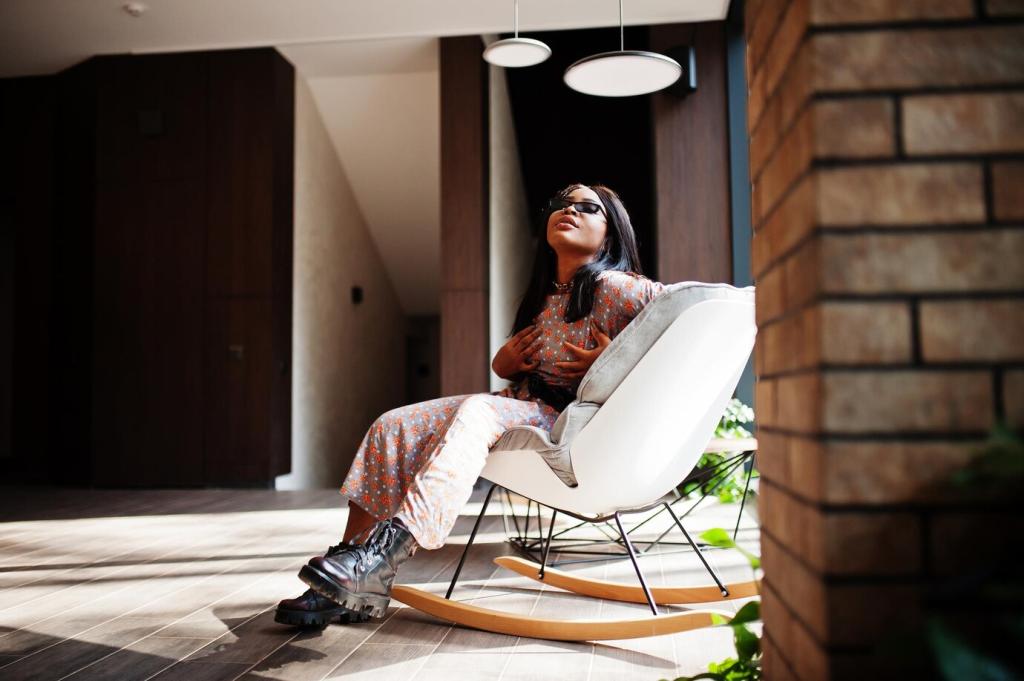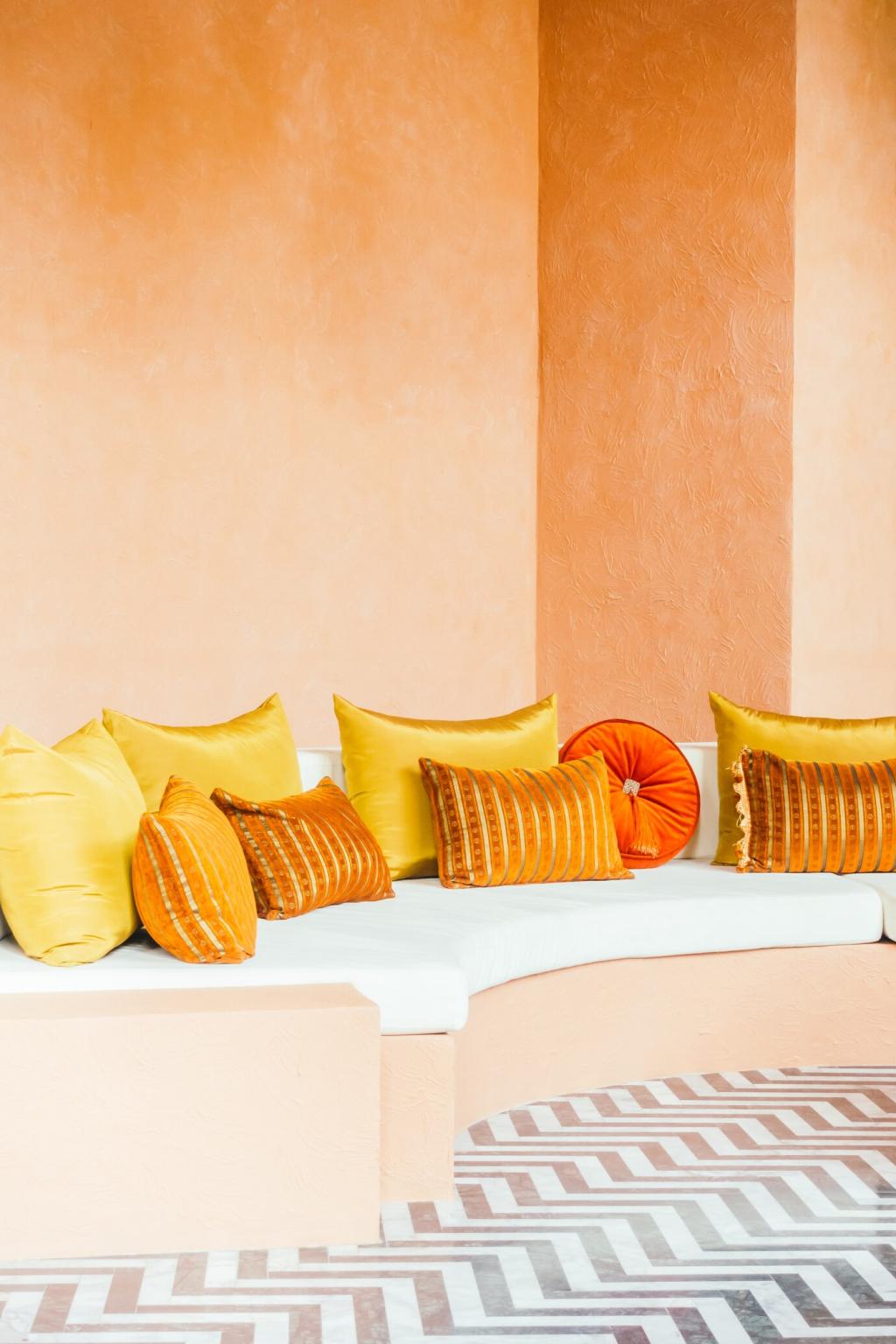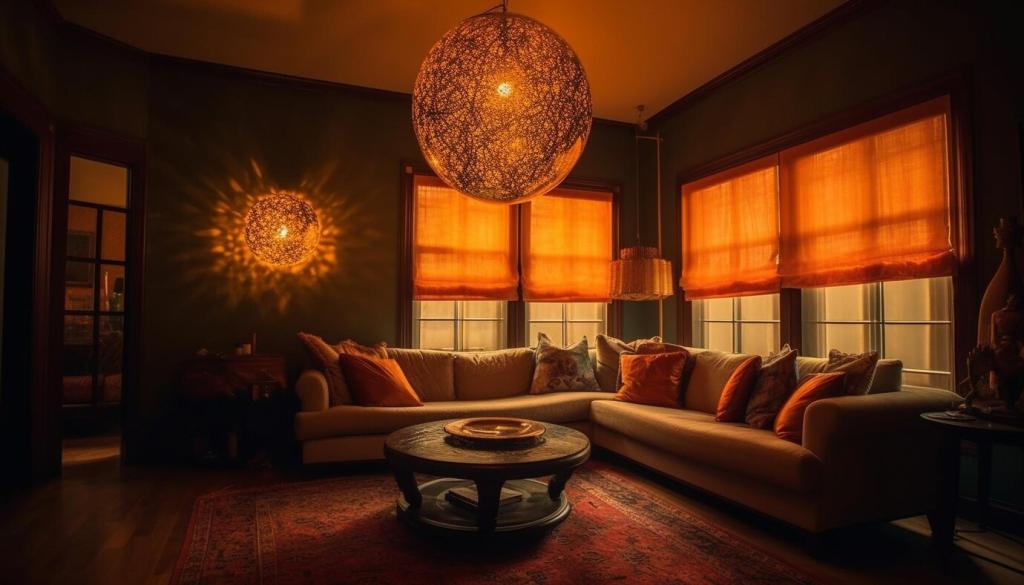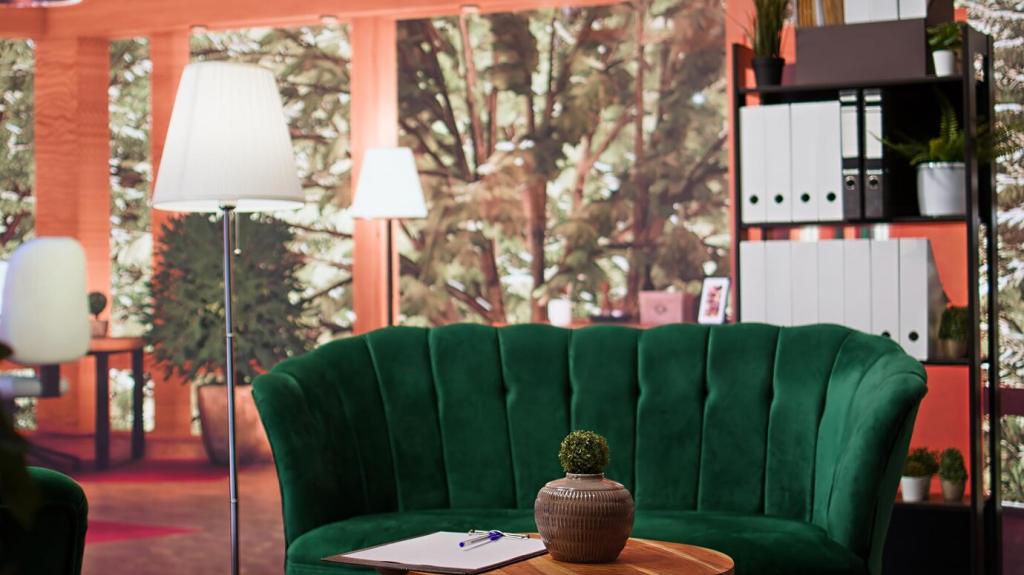Explore the latest trends and innovative concepts in contemporary coffee shop interior design. Whether you’re opening a new café or refreshing an existing space, understanding current design approaches can help create an inviting environment that enhances both aesthetics and customer experience. Contemporary coffee shop interiors emphasize functionality, creativity, and a welcoming atmosphere, catering to the evolving tastes of coffee lovers. Dive into these sections for inspiration and guidance on crafting a memorable space that sets your coffee shop apart.
Embracing Minimalism and Clean Lines

Furniture in minimalist coffee shops is selected for both comfort and aesthetic harmony. Chairs and tables often feature simple shapes and materials like wood, metal, or molded plastic. This simplicity ensures easy movement throughout the space and prevents visual overcrowding. The result is a setting where patrons can relax and enjoy their drinks without distraction. Seating layouts are flexible, allowing easy rearrangement for individual guests or small groups. The emphasis on quality over quantity also means each piece is purposeful and contributes to the overall vibe without stealing the spotlight.
Biophilic Accents
Biophilic design taps into the human craving for nature by introducing living plants, green walls, or planters throughout the coffee shop. Lush foliage not only improves air quality but also creates a serene visual appeal. The sound of gentle water features or earthy scents from real moss installations further enhances the sensory experience. These design choices encourage longer stays, making customers feel connected to nature even in a dense urban setting. The organic forms and textures provoke curiosity and enjoyment, distinguishing the café from more sterile, artificial environments.
Natural Materials
Wood, stone, bamboo, and rattan are prevalent in the contemporary coffee shop palette, adding warmth and tactile richness. Reclaimed wood walls, stone countertops, and woven light fixtures impart a sense of sustainability and craftsmanship. Utilizing natural materials reinforces the authenticity of the space, encouraging conversations about ethics and environmental awareness. Such finishes invite touch and admiration, bringing comfort and character to the design. The use of organic materials also lends itself to creative juxtapositions with sleek, modern surfaces for a dynamic visual language.
Urban Modern Elements
While nature is celebrated, the clean lines and sophistication of urban design are not lost. Elements like polished concrete floors, exposed ceilings, and industrial lighting fixtures are seamlessly mixed with softer, earth-inspired touches. This juxtaposition of textures and materials provides refinement and edge, giving the coffee shop its modern identity. Steel beams, large windows, and geometric shapes contrast beautifully against greenery or wooden accents, making the space feel both energetic and comforting. The end result is a fusion that appeals to city dwellers seeking both innovation and solace.
Artistic Expression and Statement Pieces
Feature Walls
A feature wall, often vibrant or textured, can serve as the visual anchor for the entire space. Whether adorned with a striking mural, custom wallpaper, or exposed brick, this focal point immediately draws the eye and distinguishes the café from its competition. Feature walls are perfect opportunities for branding, showcasing the coffee shop’s logo, or telling a story through art. Frequent patrons find something new in the details with each visit, and first-timers are more likely to remember and share their experience.


Rotating Art Displays
To keep the environment fresh and culturally engaging, many contemporary cafés host rotating art exhibitions. Local artists are invited to display their paintings, photographs, or mixed-media pieces, offering a constantly evolving backdrop for customers. This approach builds strong community ties and attracts art lovers eager to see what’s new. The changing displays encourage repeat visits and establish the coffee shop as a cultural destination, while sales of artwork can provide collaborative benefits for both artists and the business.
Lighting that Sets the Mood
Statement Light Fixtures
Modern coffee shops often feature custom or statement light fixtures as central decorative elements. Oversized pendants, sculptural chandeliers, or industrial-inspired sconces serve not just as illumination but as design statements themselves. These fixtures are carefully selected for their aesthetic impact, drawing attention and anchoring specific zones such as the barista counter or communal tables. Unusual lighting choices can reinforce branding, spark conversation, and add an element of surprise to the space.
Maximizing Natural Light
Daylight is highly valued in contemporary coffee shop design. Large windows, glass doors, and skylights invite sunshine deep into the interior, making the space feel open, uplifting, and vibrant. Thoughtful window placement also allows customers to enjoy city views or leafy outdoor scenes, further enhancing the café’s connection to its environment. Adjustable blinds or sheer curtains provide flexibility, ensuring that the ambiance remains comfortable throughout the day and in various weather conditions.
Layered Lighting Design
A layered lighting approach incorporates ambient, task, and accent lighting to cater to different needs and moods. Overhead fixtures provide general illumination, while targeted task lights illuminate specific areas like the brew bar or reading nooks. Accent lighting draws attention to architectural features, artwork, or product displays. This thoughtful integration ensures that the coffee shop feels inviting and adaptable, with the right atmosphere for studying, socializing, or relaxing at any time.

Flexible and Collaborative Seating Arrangements
Community Tables
Long, shared tables have become synonymous with contemporary coffee shops aiming to foster a sense of community. These tables encourage interaction between patrons, whether they’re strangers striking up a conversation or friends gathering for study sessions. Community tables are often positioned as central features, signifying inclusivity and the encouragement of social exchange. Their design may incorporate power outlets and lighting to support extended use, making them ideal for remote work or casual meetings.
Intimate Nooks
For those seeking privacy or a moment of quiet, intimate seating options are essential. Contemporary designs carve out cozy corners using booth seating, high-backed chairs, or tucked-away alcoves. These nooks provide a retreat from the hum of the main space, accommodating individuals or pairs who want to read, work, or relax in peace. Soft furnishings, personal lighting, and subtle dividers give these areas a sense of enclosure without complete isolation, enhancing comfort and versatility.
Movable Furniture
Adaptability is a key trait of modern interiors. Lightweight chairs, stackable stools, and mobile tables allow the space to be reconfigured quickly for various events or group sizes. Customers can rearrange seating to their liking, adding to their sense of agency and satisfaction. This flexibility also benefits the shop during busy hours or for hosting workshops, pop-ups, or performances. The ability to shift the layout on demand maximizes the utility of every square foot in the shop.
Sustainable and Eco-Friendly Practices
Recycled and Upcycled Materials
Coffee shops looking to project a green image often utilize reclaimed wood, upcycled furniture, and recycled surfaces. These materials give a second life to objects that might otherwise be discarded, adding character while minimizing waste. Table tops crafted from old gym floors or décor assembled from repurposed industrial components offer a compelling narrative about resourcefulness and creativity. The imperfections and history embedded in these materials make them conversation starters, humanizing the space and branding.
Energy-Efficient Infrastructure
Modern cafés are increasingly investing in energy-efficient lighting, HVAC systems, and appliances. LED fixtures, smart thermostats, and energy-star rated equipment not only reduce utility costs but also contribute to a sustainable brand image. Solar panels or green roofs may also be integrated, signaling a commitment to long-term environmental responsibility. Such infrastructure often operates seamlessly behind the scenes, allowing the interior design to remain sleek and contemporary while working in tandem with technological advancements.
Eco-Conscious Operations
Beyond physical design, sustainable practices extend to the day-to-day operations of the coffee shop. Composting, recycling, reducing single-use plastics, and offering plant-based menu options all contribute to the overall eco-friendly ethos. Visible recycling stations, reusable cup programs, and signage promoting sustainability keep customers informed and engaged. These operational choices, aligned with the interior’s sustainable elements, cultivate loyalty among environmentally mindful patrons and reinforce a positive brand reputation.
Integrating Technology Seamlessly
Digital Ordering and Menu Displays
Interactive kiosks, tablets, or digital menu boards allow for quick and accurate ordering while keeping wait times to a minimum. These technologies streamline service and enable customers to customize their orders at their own pace. Digital displays can also be updated instantly, reflecting new offerings or specials and reducing the need for printed materials. The sleek integration of these elements ensures that technology serves a functional purpose, keeping the focus on quality service and efficiency.
Wireless Charging and Connectivity
Fast, reliable Wi-Fi is a must, but modern coffee shops are going a step further by providing wireless charging pads embedded in tables or counters. These features support the needs of remote workers, students, and every customer reliant on devices. Outlets are strategically placed, neatly integrated to avoid clutter and preserve clean sightlines. By making connectivity effortless and unobtrusive, cafés become ideal destinations for productivity and leisure alike, with digital convenience enhancing the overall experience.
Sound and Visual Ambiance
Innovative sound systems and ambient lighting controls are increasingly part of the modern coffee shop’s toolkit. Background music is curated and managed through high-quality, discreet speakers, providing an unobtrusive soundtrack to daily activity. Some establishments use digital art displays or projection mapping to change the atmosphere dynamically for events or special occasions. These technological inclusions add depth and flexibility, adjusting the mood based on the time of day or customer preferences while maintaining a harmonious visual and auditory environment.
